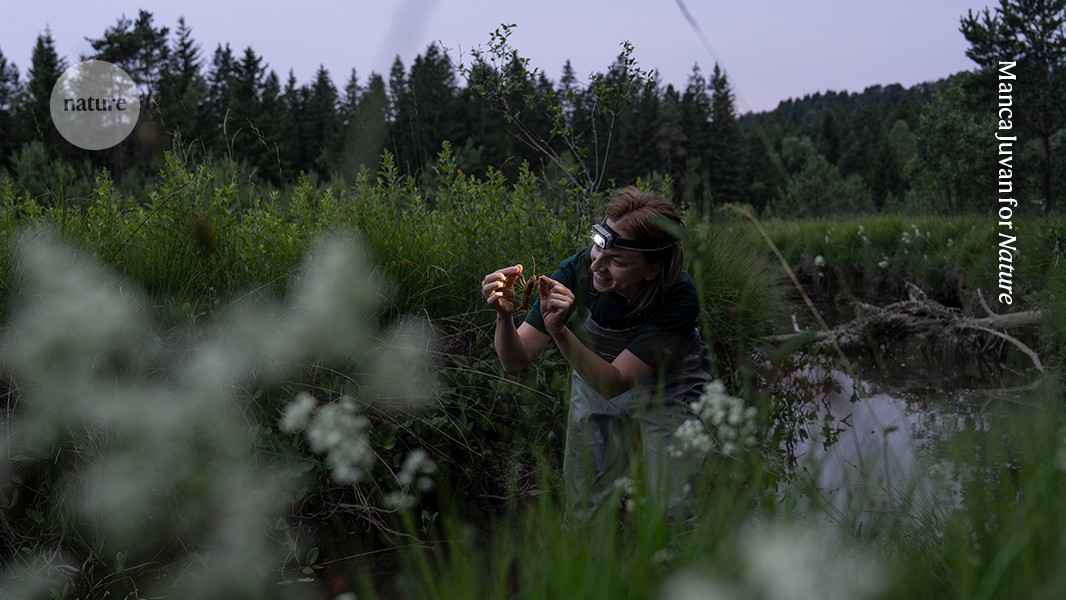
"I study leeches called branchiobdellidans that live on crayfish. These leeches are just millimetres long and are symbionts - meaning they live in a close, long-term association with their host. They feed on microorganisms and debris that collect on the host's surface. In small numbers, they help to keep the crayfish clean, but in large colonies, they can become mildly parasitic."
"After catching each crayfish, I measure its length and use a paintbrush to push a symbiont sample into a small vial. Tweezers would damage their delicate bodies. This photo was taken in June, in a small river in Slovenia where I recently discovered a new species of symbiont. Later, in the laboratory, I analysed the sample's DNA to trace how Astacus astacus - the noble crayfish - and its symbionts have evolved together over millions of years."
Branchiobdellidan leeches inhabit crayfish, feeding on microorganisms and debris on the host's surface. At low densities, they clean hosts; at high densities, they sometimes become mildly parasitic. Field sampling involves nocturnal capture, careful handling to avoid washing away symbionts, measuring crayfish length, and collecting samples with a paintbrush to protect delicate leech bodies. A new symbiont species was discovered in a Slovenian river, and DNA analysis traced coevolution between Astacus astacus and its symbionts over millions of years. Leeches function as bioindicators, and invasive North American crayfish Pacifastacus leniusculus disrupt local ecological balance.
Read at Nature
Unable to calculate read time
Collection
[
|
...
]